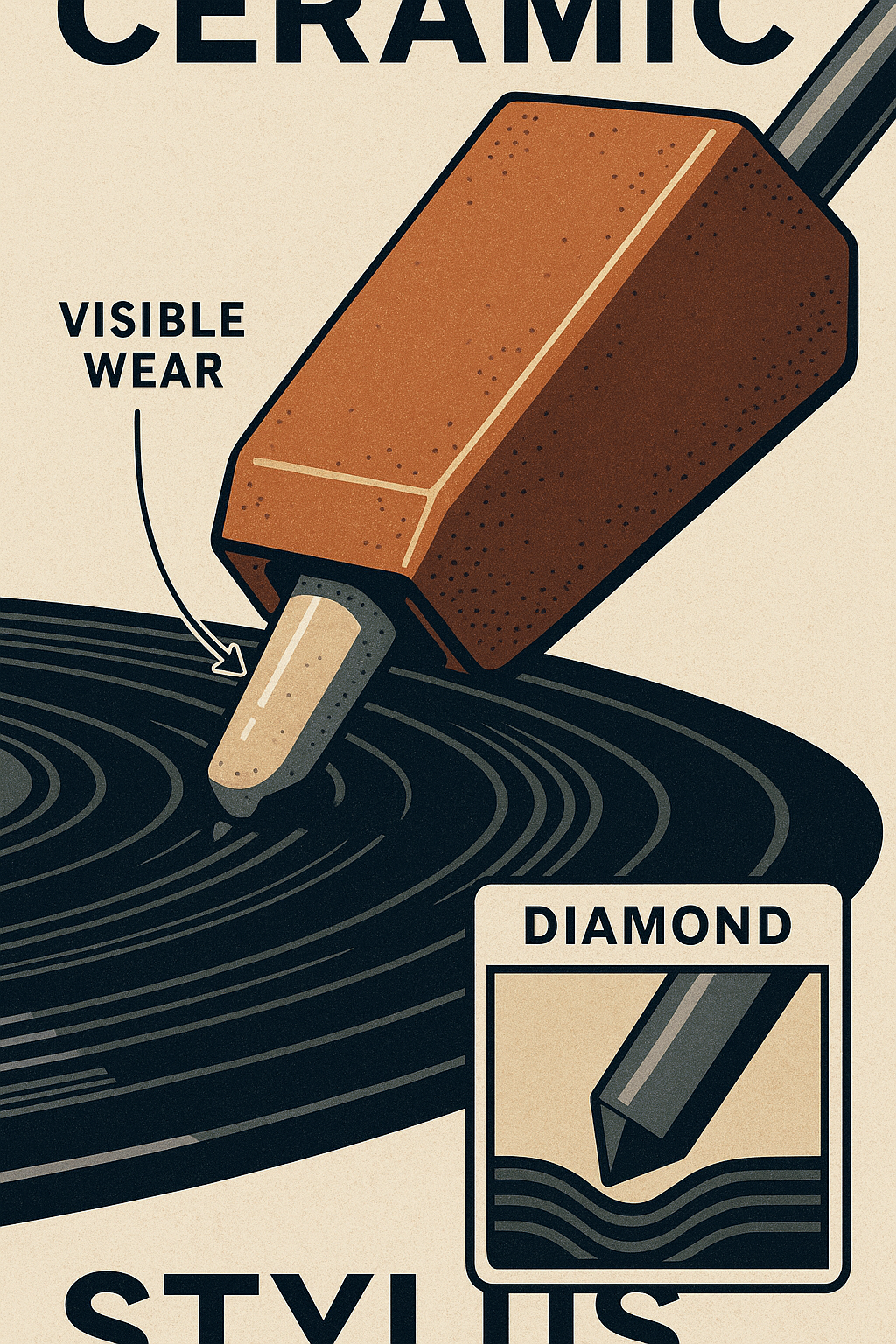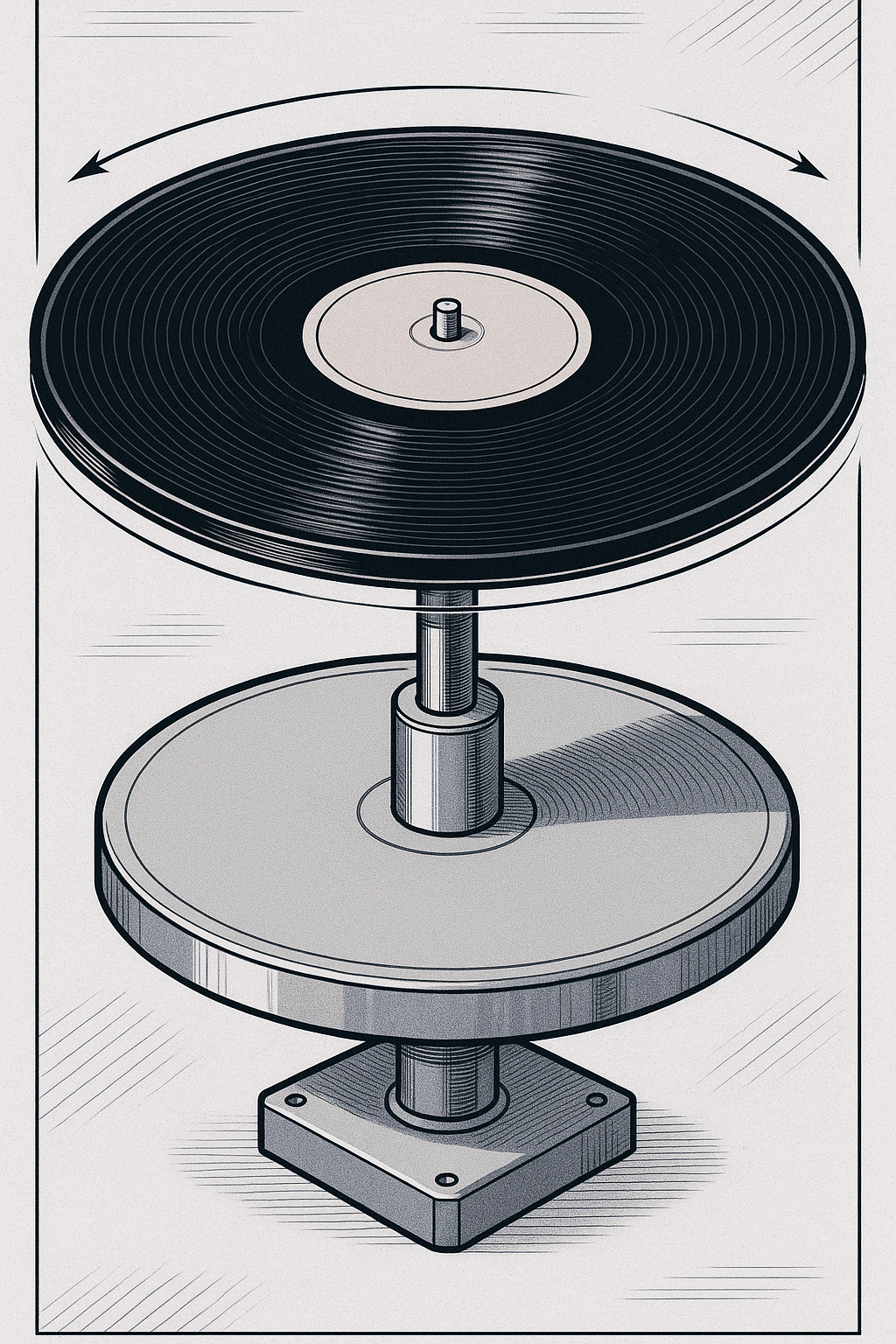The allure of vinyl is undeniable: the tactile ritual, the expansive artwork, the warm, engaging sound. But for many curious newcomers, a looming question casts a shadow: "Isn't this an expensive hobby?" The perception of five-figure turntables and esoteric accessories can be intimidating. But here’s a truth that often gets lost in the audiophile ether: you absolutely do not need to spend a fortune to experience the genuine joy and musical satisfaction of vinyl.
This guide is your roadmap to assembling a legitimate, musically engaging vinyl playback system for under $300. This isn't about cheap, record-chewing suitcase players. This is about making smart, informed choices to build a foundation that respects your records and your ears, proving that authentic analog enjoyment is well within reach.
The Core Philosophy: Strategic Spending for Sonic Sense
On a tight budget, every dollar counts. The key is to allocate funds where they'll make the most audible impact. For a beginner setup, the hierarchy of importance generally looks like this:
-
Turntable: The source. Its ability to spin records at a stable speed and allow the stylus to trace the groove accurately is paramount.
-
Speakers: The voice of your system. They translate the electrical signal into the sound waves you hear.
-
Amplification: The muscle. It takes the tiny signal (especially after phono preamplification) and boosts it enough to drive your speakers. Often, this can be integrated with speakers (powered speakers) or found in affordable used components.
The goal is a balanced system. A $1000 turntable playing through $20 computer speakers makes little sense. Conversely, fantastic speakers won't shine if fed a poor signal from a subpar turntable.
Component Breakdown: Assembling Your $300 Rig
Let's break down how that $300 (give or take, depending on your hunting skills!) might be allocated. Prices are estimates and can fluctuate based on availability and your local market.
1. The Turntable: Heart of the Groove (Budget: ~$100 - $150)
This is where a significant portion of your budget should go.
-
New Options to Consider:
-
Audio-Technica AT-LP60X Series: This is often the go-to recommendation for a reason. It’s fully automatic, easy to set up, comes with a pre-mounted cartridge, and has a switchable built-in phono preamp. It treats your records gently and provides a surprisingly enjoyable sound for its price. Current models like the AT-LP60X are typically found in the $150 - $200 range brand new (though sales and specific retailers like Turntable Lab often have them around $199, sometimes even less). While this might stretch the individual component budget slightly, its all-in-one nature (with built-in preamp) saves money elsewhere.
-
Why this type? For under $300 total, a turntable with a decent built-in phono preamp is a smart move. It eliminates the need for a separate phono stage box, saving money and simplifying connections.
-
-
The Used Market – Where the Real Bargains Lie:
-
Vintage Japanese Direct Drives (Technics, Pioneer, Sony, Kenwood, etc. from the 70s/80s): With some patience and research, you can often find fantastic vintage turntables for $50-$150. These were often well-built, featured good tonearms, and can outperform many new budget tables.
-
Things to Check on Used Tables:
-
Does it hold speed consistently? (Use a strobe app on your phone if possible).
-
Does the tonearm move freely without sticking?
-
Is the stylus in good condition? (Assume you might need to replace it – factor in $30-$50 for a new entry-level stylus like the ATN3600L).
-
Are all parts present (counterweight, headshell, dust cover)?
-
-
The "Risk" Factor: Buying used requires more diligence. You're buying "as-is" in many cases. But the rewards can be substantial.
-
2. Amplification & Speakers: The Voice and Muscle (Budget: ~$150 - $200 for the pair)
This is where integration and smart shopping become crucial.
-
Option A: Powered Speakers (Simplest Route):
-
What they are: Speakers with a built-in amplifier. Many also have multiple inputs, including RCA inputs suitable for a turntable (especially one with a built-in preamp).
-
Why they're great for budget setups: Fewer boxes, fewer cables, often designed to work well together sonically.
-
New Powered Speakers to Look For (often in the $100-$150 range):
-
Edifier R1280T / R1280DB / R1280Ts: Consistently lauded as budget champions. They offer good sound quality for the price, multiple inputs, and even remote control. The "DB" or "Ts" versions often include Bluetooth or a subwoofer out, adding versatility.
-
PreSonus Eris E3.5 / E4.5: Originally designed as studio monitors, these offer a clear, relatively accurate sound.
-
Micca PB42X: Another popular choice known for punching above its weight.
-
-
Connection: Turntable (with its preamp ON, set to "LINE" output) -> RCA cables -> Powered Speakers.
-
-
Option B: Used Integrated Amplifier/Receiver + Passive Speakers:
-
This route requires more hunting but can yield excellent sonic results.
-
Used Amplifier/Receiver (Budget: ~$50 - $100):
-
Look for older stereo receivers or integrated amplifiers from reputable brands (Pioneer, Kenwood, Sony, Yamaha, Onkyo, Harman Kardon) from the 70s, 80s, or 90s at thrift stores, garage sales, or online marketplaces.
-
Ensure it has a "PHONO" input if your chosen turntable doesn't have a built-in preamp. If your turntable does have a built-in preamp (like the AT-LP60X), you can use any line-level input (AUX, TAPE, CD) on the amplifier.
-
Test all inputs and outputs if possible.
-
-
Used Passive Bookshelf Speakers (Budget: ~$50 - $100):
-
Again, look for older models from established speaker brands (Polk, Boston Acoustics, Infinity, Mission, Wharfedale, Paradigm, PSB).
-
Check for damaged drivers (dented tweeters, torn woofer surrounds). Listen to them if possible.
-
-
Connection: Turntable -> Phono Preamp (built-into turntable OR built-into receiver, OR a separate box if your budget miraculously allows) -> Receiver/Amplifier -> Speaker Wire -> Passive Speakers.
-
3. Cables & Accessories (Assume included or minimal cost within the $300)
-
RCA Cables: Most turntables come with a pair. Powered speakers often do too. If you need an extra set, basic ones are fine for this budget.
-
Speaker Wire (for passive speakers): A 50ft spool of basic 16-gauge speaker wire is inexpensive ($10-$15).
Sample $300 Setup Scenarios:
Scenario 1: New & Simple
-
Turntable: Audio-Technica AT-LP60X (approx. $150, using built-in preamp)
-
Powered Speakers: Edifier R1280T (approx. $110)
-
Cables: Usually included.
-
Total: ~$260 (Leaves room for your first used record!)
Scenario 2: Used & Potentially Higher Performance
-
Turntable: Vintage Pioneer PL-12D (found for $70) + New ATN3600L stylus ($30) = $100
-
Receiver: Used Kenwood KR-A4070 Stereo Receiver with Phono Input (found for $60)
-
Passive Speakers: Used Polk Audio Monitor 40 bookshelf speakers (found for $80)
-
Speaker Wire: $15
-
Total: ~$255
Beyond the Gear: The Free & Essential Tweaks
-
Speaker Placement: This is HUGE and costs nothing.
-
Don't cram speakers into a bookshelf or against a wall if you can avoid it.
-
Try to form an equilateral triangle between you and the two speakers.
-
Experiment with toe-in (angling speakers slightly towards your listening position).
-
Keep speakers away from the turntable to avoid feedback.
-
-
Turntable Isolation: Ensure your turntable is on a stable, level surface. Vibrations are the enemy.
-
Record Care: Even on a budget, a basic carbon fiber record brush ($10-$15) is a wise investment to keep your (likely used) records clean.
The XJ-HOME Philosophy: Music First
At XJ-HOME, we believe that the pursuit of audio excellence shouldn't be exclusive. While high-end gear offers its own rewards, the fundamental joy of vinyl – the connection to the music, the ritual of playback – can be deeply experienced even with modest equipment. This $300 challenge isn't about compromise; it's about smart choices that prioritize musical enjoyment. You can explore our further thoughts on approachable audio quality at https://xenonjade.com. For further inspiration on budget hi-fi, channels like CheapAudioMan on YouTube offer great reviews and advice for affordable gear.
It's a Starting Point, Not an Endpoint
This sub-$300 system is your entry ticket. It will allow you to genuinely experience what vinyl has to offer. As your passion grows, you can upgrade components incrementally: a better cartridge/stylus, an external phono preamp, more capable speakers, or a more refined turntable. But the most important thing is to get started, spin those records, and let the music move you.
Happy listening, and welcome to the wonderful world of vinyl!





Leave a comment
All comments are moderated before being published.
This site is protected by hCaptcha and the hCaptcha Privacy Policy and Terms of Service apply.